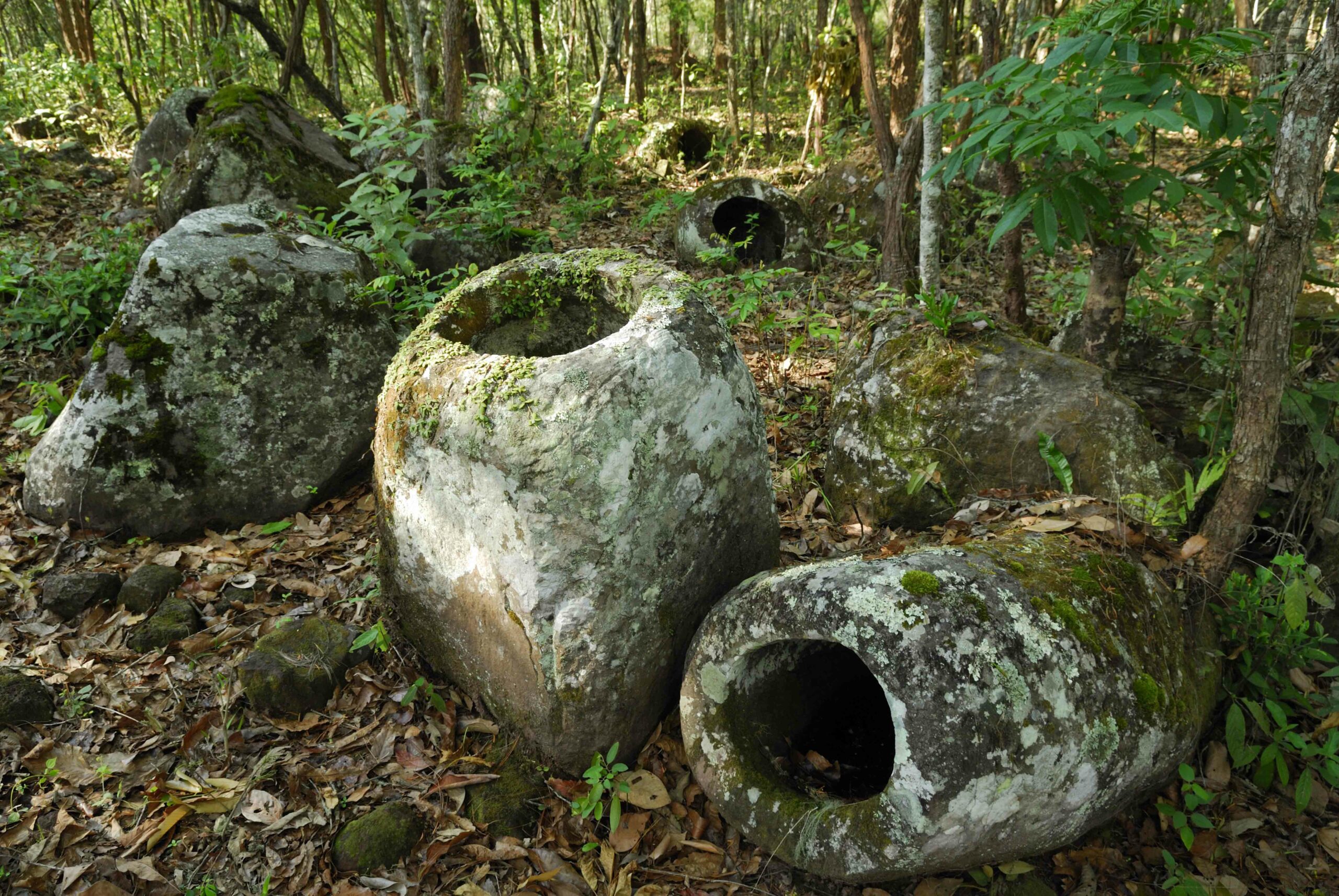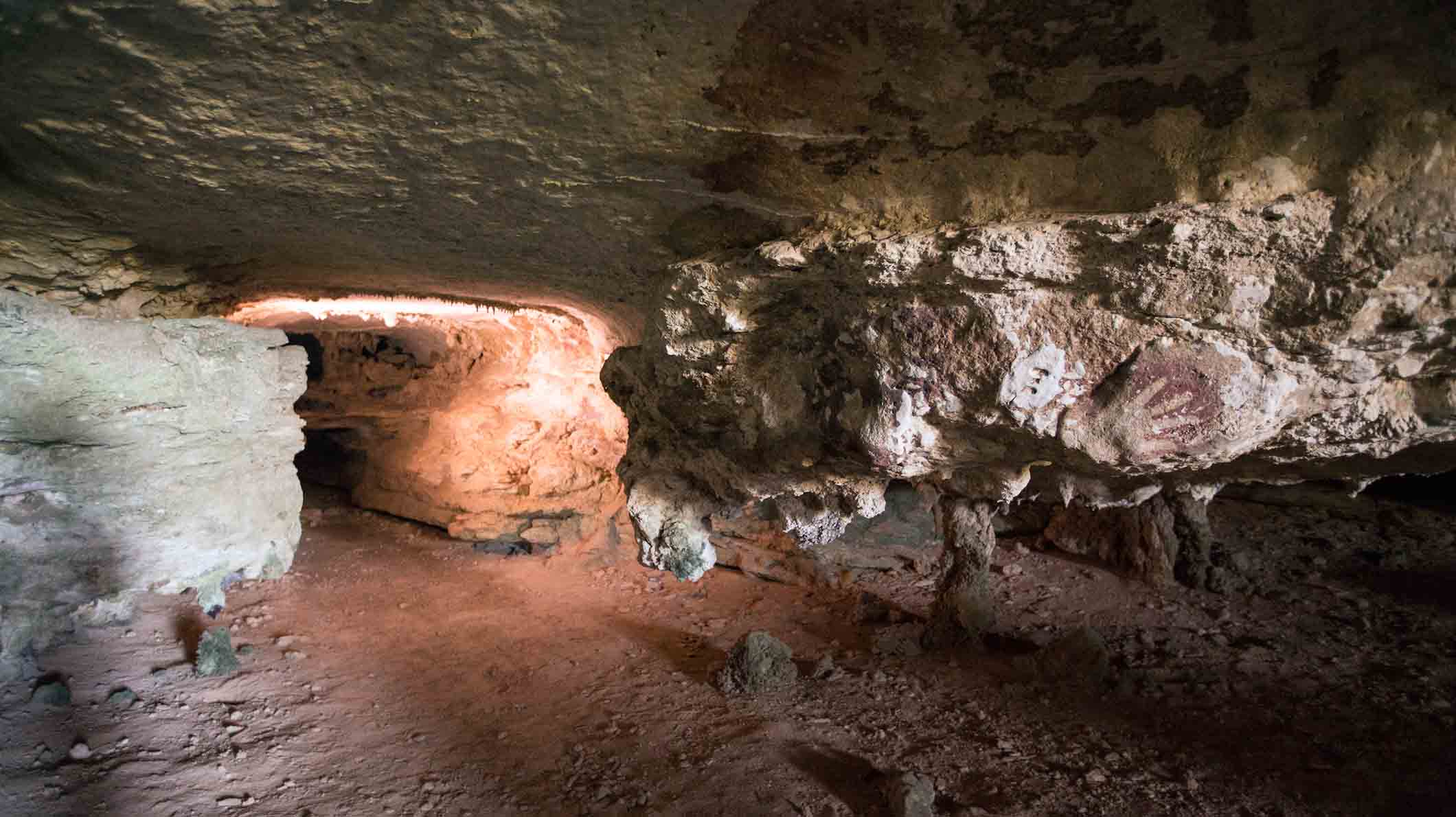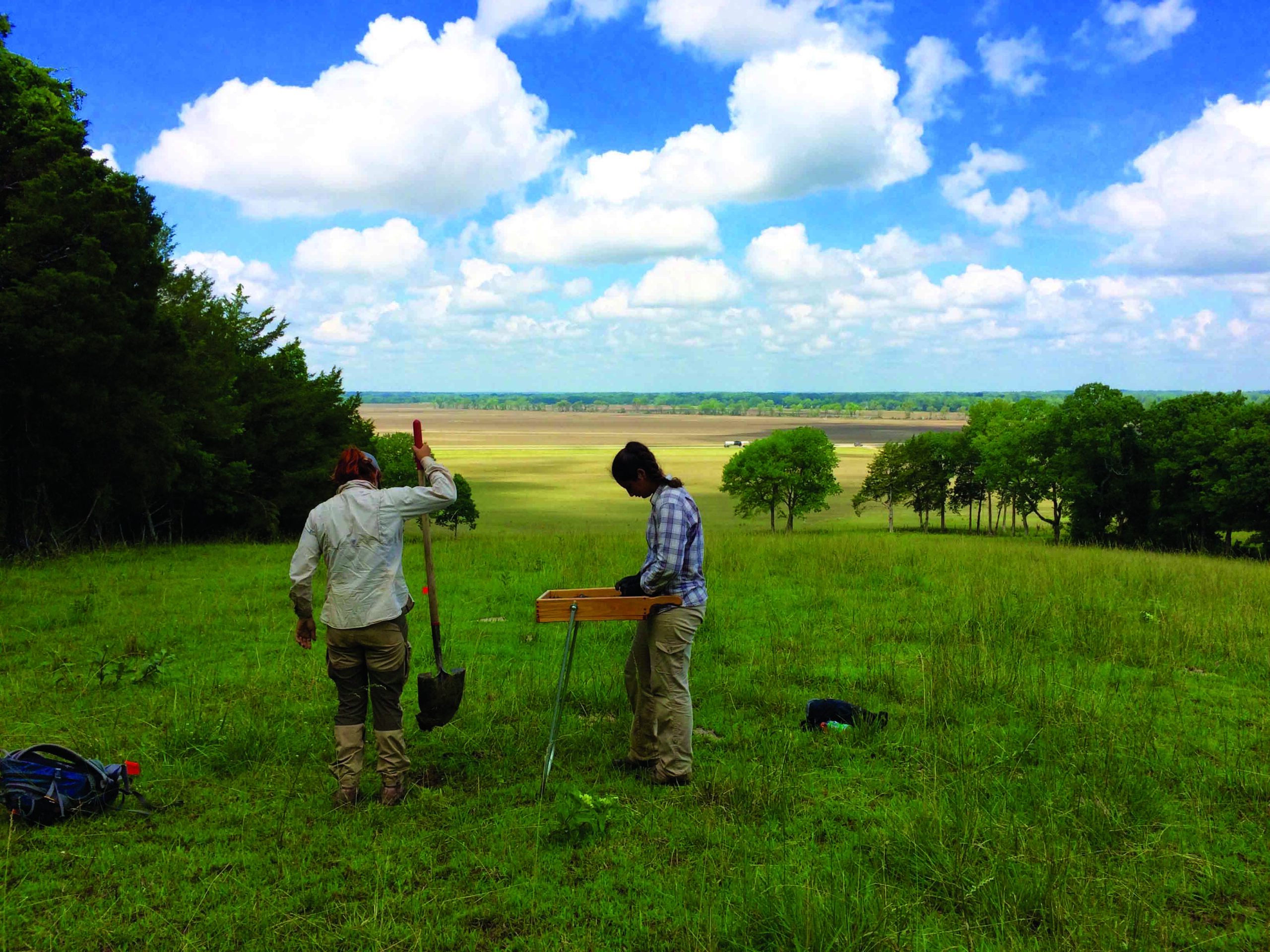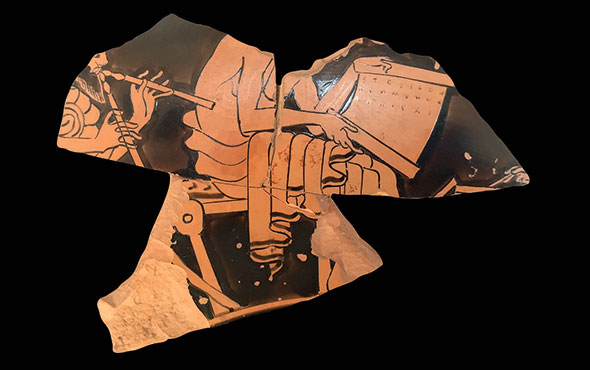
QUEZON CITY, PHILIPPINES—According to a Cosmos Magazine report, evidence for the processing of plant fibers has been detected on Paleolithic stone tools recovered from Tabon Cave, which is located in the Philippines on the island of Palawan. The tools have been dated to between 33,000 and 39,000 years ago. Hermine Xhauflair of the University of the Philippines Diliman and her colleagues compared the microscopic marks on three prehistoric tools with the marks on tools used today to strip bamboo and palm into fibers that can be used for tying or weaving and found that they are similar. The researchers explained that the ability to strip plant fibers suggests that the prehistoric groups who lived at Tabon Cave would have had the materials to make baskets, traps, and ropes to build houses, boats, and hunt with bows. To read in-depth about recent archaeological discoveries in the Philippines go to "Letter From the Philippines: One Grain at a Time."










